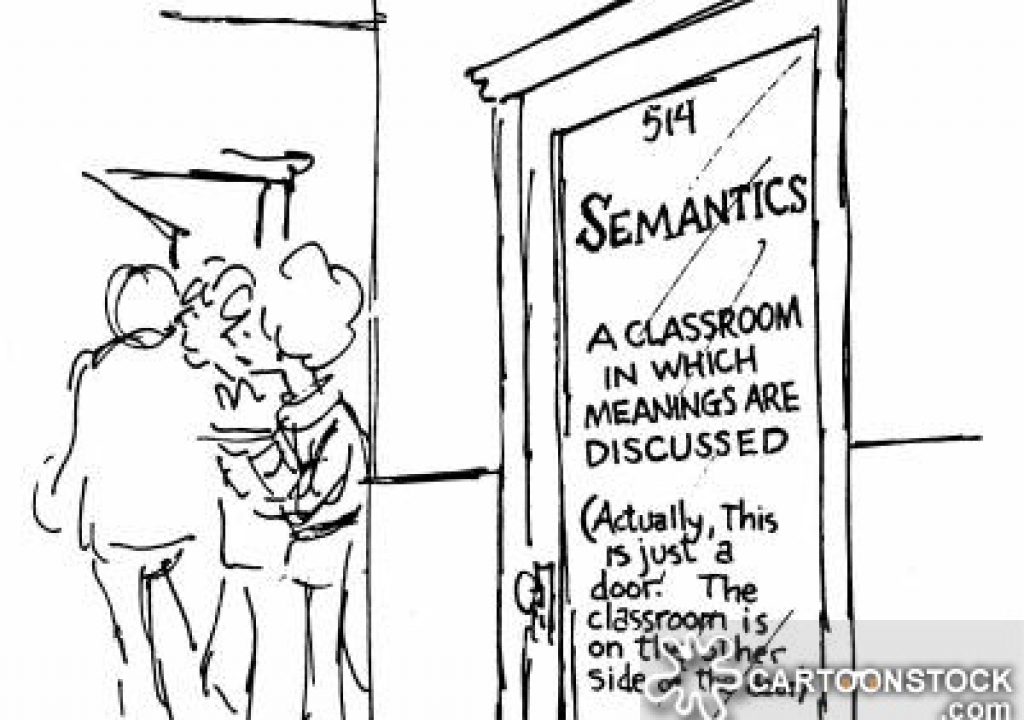SemanticDesktop.org
The Internet, electronic mail, and the Web have revolutionized the way we communicate and collaborate – their mass adoption is one of the major technological success stories of the 20th century. We all are now much more connected, and in turn face new resulting problems: information overload caused by insufficient support for information organization and collaboration. For example, sending a single file to a mailing list multiplies the cognitive processing effort of filtering and organizing this file times the number of recipients ? leading to more and more of peoples’ time going into information filtering and information management activities. There is a need for smarter and more fine-grained computer support for personal and networked information that has to blend the boundaries between personal and group data, while simultaneously safeguarding privacy and establishing and deploying trust among collaborators.
The Semantic Web holds promises for information organization and selective access, providing standards means for formulating and distributing metadata and Ontologies.
Still, we miss a wide use of Semantic Web technologies on personal computers. The use of ontologies, metadata annotations, and semantic web protocols on desktop computers will allow the integration of desktop applications and the web, enabling a much more focused and integrated personal information management as well as focused information distribution and collaboration on the Web beyond sending emails. The vision of the Semantic Desktop for personal information management and collaboration has been around for a long time: visionaries like Vanevar Bush and Doug Engelbart have formulated and partially realized these ideas. However, for the largest part their ideas remained a vision for far too long since the foundational technologies necessary to render their ideas into reality were not yet invented ? these ideas were proposing jet planes, where the rest of the world had just invented the parts to build a bicycle. However, recently the computer science community has developed the means to make this vision a reality:
- The Semantic Web effort (http://www.w3.org/2001/sw/) provides standards and technologies for the definition and exchange of metadata and ontologies.
- Open-source software (like OpenOffice) and the especially the Linux operating system make it possible to reuse and build on top of existing sophisticated systems and create an open personal information management system and collaborative infrastructure based on Semantic Web build into the operating system of current machines.
- Collaboration, acquisition and dissemination infrastructures like Wikis and Blogs are providing the foundation for joint collaborative knowledge creation and are essentially simplified knowledge acquisition tools.
- Social Software maps the social connections between different people into the technical infrastructure. Online Social Networking enables collaboration relationships as first class citizens, and allows exploiting these relationships for automated information distribution and classification.
- P2P and Grid computing, especially in combination with the Semantic Web field, develops technology to interconnect large communities without centralized infrastructures for data and computation sharing, which is necessary to build heterogeneous, multi-organizational collaboration networks.
The application of the mentioned technologies, especially in combination with the Semantic Web, to the desktop computer in order to improve personal information management and collaboration is the main topic of this workshop. Several systems have been created already to explore this field, e.g., the Haystack system at MIT, the Gnowsis system at DFKI, D-BIN by SEMEDIA, OpenIris by SRI, or the Chandler system by the OSA foundation.
Each of these systems only address some parts of the picture. Furthermore we are in danger of resulting in many fragmented efforts, each of which will not reach critical mass and thus will not be able to penetrate the user space wide enough to result in mass adoption.

